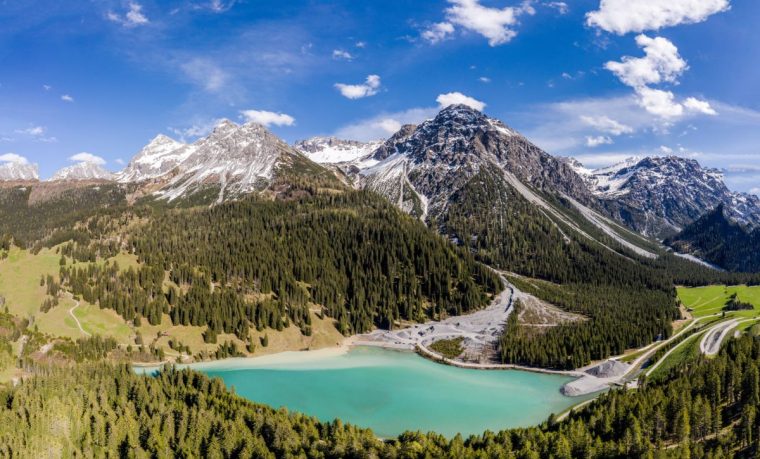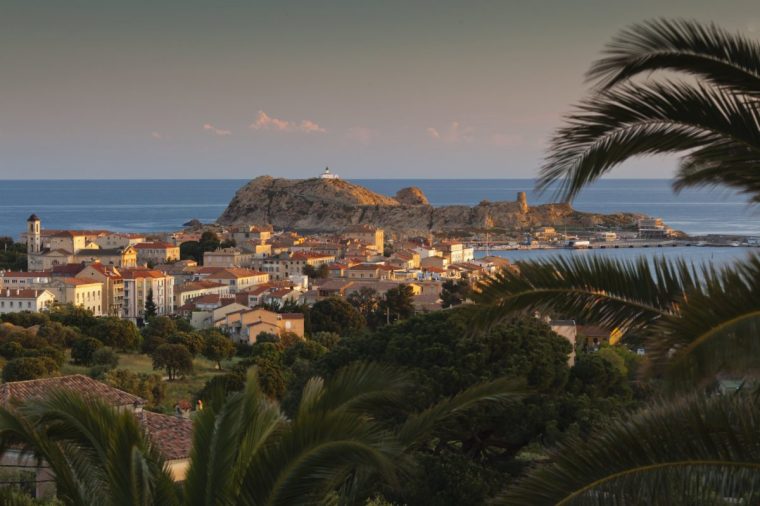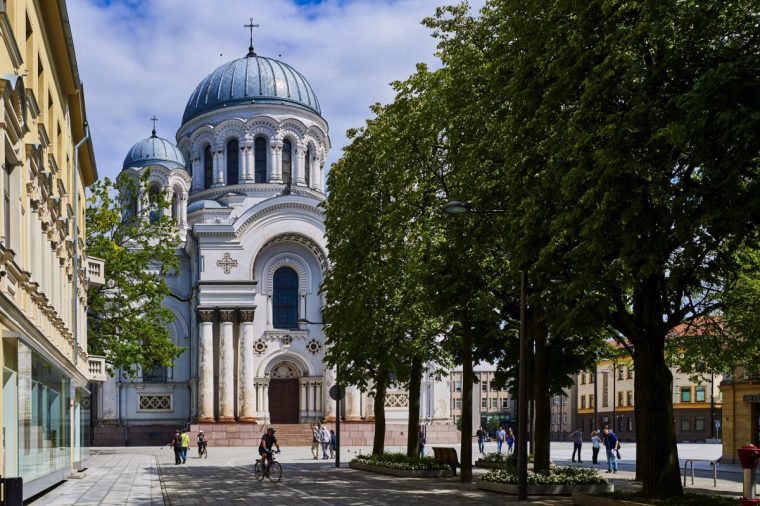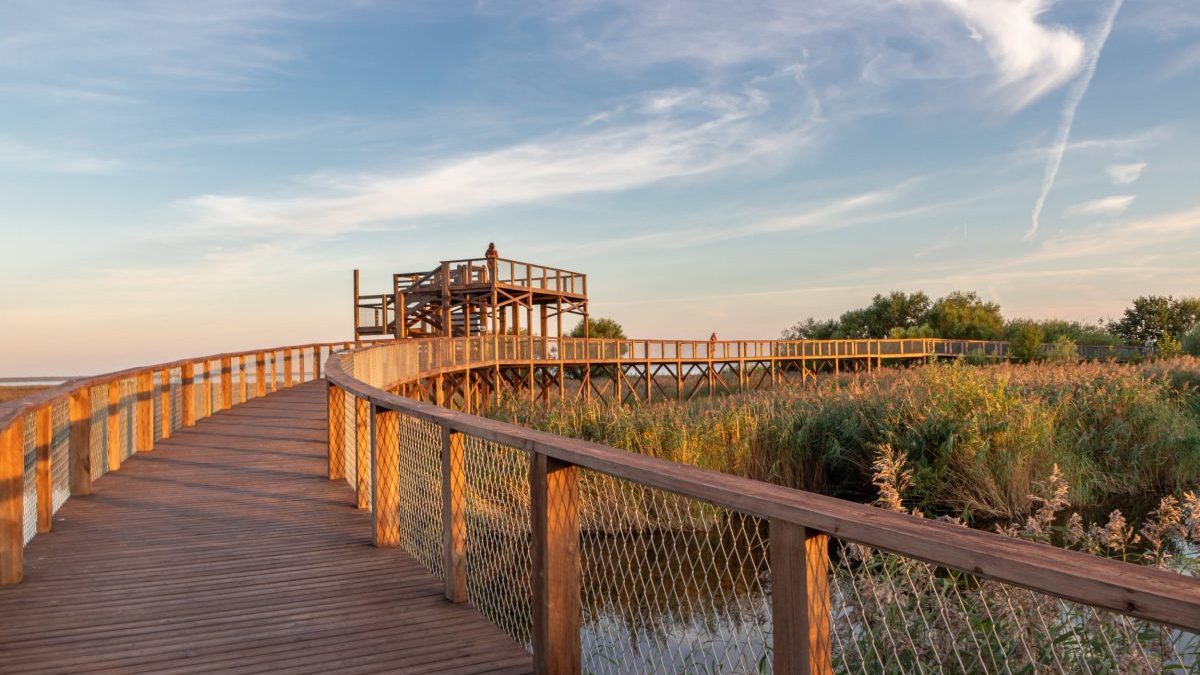With mass tourism protests taking place in cities across the continent, there remain many destinations that actively seek visitors
It can be easy to feel like the tide is turning against travellers, with mass anti-tourism protests taking place across southern Europe and some overly popular destinations introducing measures to reduce visitor pressure – from Norway approving a new tourist tax to Mallorca removing hundreds of sun loungers from its beaches.
However, there are places in Europe that are still welcoming holidaymakers this summer – and many are keen for visitors to stay longer and explore off the beaten track. Here are five places where you can expect a warm welcome.
Swiss Alps The turquoise coloured Iselsee lake in Arosa in the alps in Canton Graubünden (Photo: Didier Marti/Getty/Moment RF)
The turquoise coloured Iselsee lake in Arosa in the alps in Canton Graubünden (Photo: Didier Marti/Getty/Moment RF)
The Swiss Alps may be known for winter sports, but come summer, they’re a haven for hikers, mountain bikers and more. Plus, as resorts are considerably quieter, accommodation is priced to attract guests – and there are other offers to be had, too.
Jaynie Kilkenny from The Swiss Holiday Company and Ebba Leijonhufvud, owner of the Hôtel de Verbier, both recommend passes that offer free or discounted travel on cable cars (and sometimes activities, too). They’re often complimentary for hotel guests and include My ExplorerCard in Crans-Montana, the Verbier Infinite Playground Pass and the Arosa All-Inclusive Card.
As well as hundreds of kilometres of hiking and bike trails, the Swiss Alps are dotted with pristine lakes – many of them perfect for swimming – and host cultural events, including music festivals, outdoor art exhibitions and film screenings.
BA, easyJet and Swiss fly to Geneva. Stay at Chèvrerie Agritourisme de Montagnier, a working goat farm in Val de Bagnes, a cable car ride from Verbier. Doubles from SFr140 (£127), B&B. agritourismedemontagnier.ch
Greenland
Greenland receives far fewer international tourists than you might expect: more than 140,000 in 2024. But this vast territory is home to a rich local culture, a landscape peppered with waterfalls, fjords and glaciers, and wildlife including seals and whales.
Almost two-thirds of international visitors last year were cruise passengers, but the Nuuk International Airport, which opened in November, is part of a drive to improve air access and encourage longer stays than those of cruise passengers. Two more airports are due to open by the end of 2026. “While only a fraction of Europe’s annual tourists visit Greenland, even fewer explore by land,” says Inga Antoníusdóttir, North Europe general manager for Intrepid Travel.
“Staying on the ground for longer not only allows you to experience more of Greenlandic life, but also helps to bring more benefits to the tourism economy by supporting local businesses.”
Intrepid’s nine-night Greenland Expedition includes a tour of Nuuk, a hike to a waterfall and a trip to the Icefjord, where a vast glacier calves into the sea. From £5,070pp, including transport in Greenland, accommodation and some meals. SAS and Icelandair fly to Nuuk with one stop. intrepidtravel.com
Estonia
There is a steady rise in international tourism to Estonia, with 1.86 million foreign visitors in 2024 (11 per cent up on the previous year), including around 70,000 from the UK, according to figures from Visit Estonia. The tourist board would like more people to strike out beyond Tallinn to explore the forests, boglands, national parks, 3,794km of coast and 2,000 islands. Alternative destinations to explore include the “summer capital” of Pärnu, with its long, sandy beach and buzzy nightlife; Lahemaa National Park, where you can stay in forest cabins, hike bog trails and explore the shoreline; and Estonia’s second city, Tartu, a cultural hub and gateway to the south.
Wild Cabins offers stays in sleek, upcycled shipping containers in Lahemaa, with private saunas and a short walk to the sea. From €168 (£143) a night, sleeping two. Wizz Air and Ryanair fly from the UK to Tallinn. wildcabins.com
Corsica Looking down to Ile de la Pietra from Corsica’s Balagne region (Photo: Walter Bibikow/Getty)
Looking down to Ile de la Pietra from Corsica’s Balagne region (Photo: Walter Bibikow/Getty)
With 80 per cent of all tourism to France taking place in just 20 per cent of the country, tourist board Atout France is keen to drive holidaymakers towards less crowded destinations, especially during the peak summer season.
Among these is Corsica, home to white-sand beaches, dramatic scenery and historical sites including centuries-old citadels and Napoleon’s birthplace. Charlotte Eames, product manager at Corsican Places, says: “One of Corsica’s biggest draws is that there are no high-rise resorts or sprawling hotel complexes – instead, you’ll find small-scale accommodation, protected natural parks and a strong sense of local character.”
While areas around the ports of Bonifacio and Porto-Vecchio can be busy, there are less-visited spots, such as the hinterland villages of Balagne, plus the Fango River, where you can canoe or kayak, swim in natural pools and hike the valley. The Unesco-listed Calanques de Piana – striking red rock formations of the southern coast – are a quieter alternative to the Calanques near Cassis, on the mainland, which have restricted visitors due to overtourism.
Corsican Places offers a week at Casa Anna, a two-bedroom apartment in Calvi’s citadel, from £599pp, including flights from Stansted and transfers. corsica.co.uk
Lithuania Laisves Avenue, the popular walking street in the Art Deco district of Kaunas (Photo: Andrea Pistolesi/Getty/Stone RF)
Laisves Avenue, the popular walking street in the Art Deco district of Kaunas (Photo: Andrea Pistolesi/Getty/Stone RF)
There’s been “growing interest” in Lithuania, says Olga Goncarova, head of Lithuania Travel, the tourist board. More than 81,000 UK travellers visited in 2024, compared with 74,000 in 2023.
For city breaks there is the capital, Vilnius, and second city Kaunas, both Unesco-listed – the former for its historic centre, the latter for its modernist architecture. In Klaipeda, on the Baltic Sea coast, you’ll find timber-framed houses and the windswept dunes of Melnrage Beach. Or you can take the waters in the spa towns of Druskininkai and Birštonas, or live it up in the lively lake resort of Trakai.
Wizz Air flies from Luton to Vilnius. Room-only doubles at the Moon Garden Art Hotel in the city’s old town start at €88 (£75) a night. moongardenhotel.com
